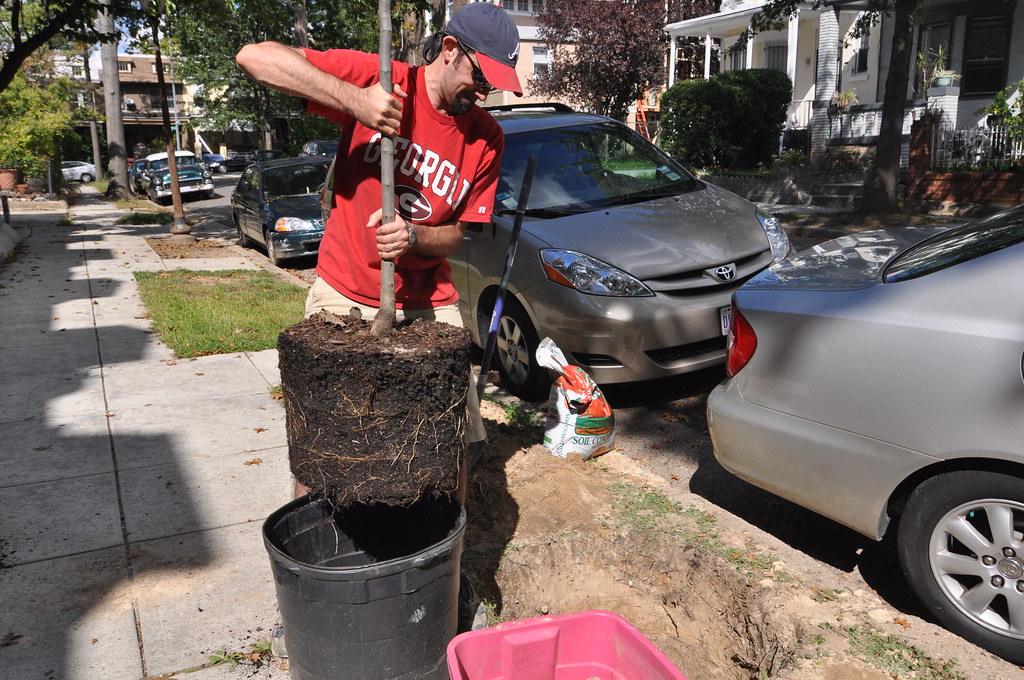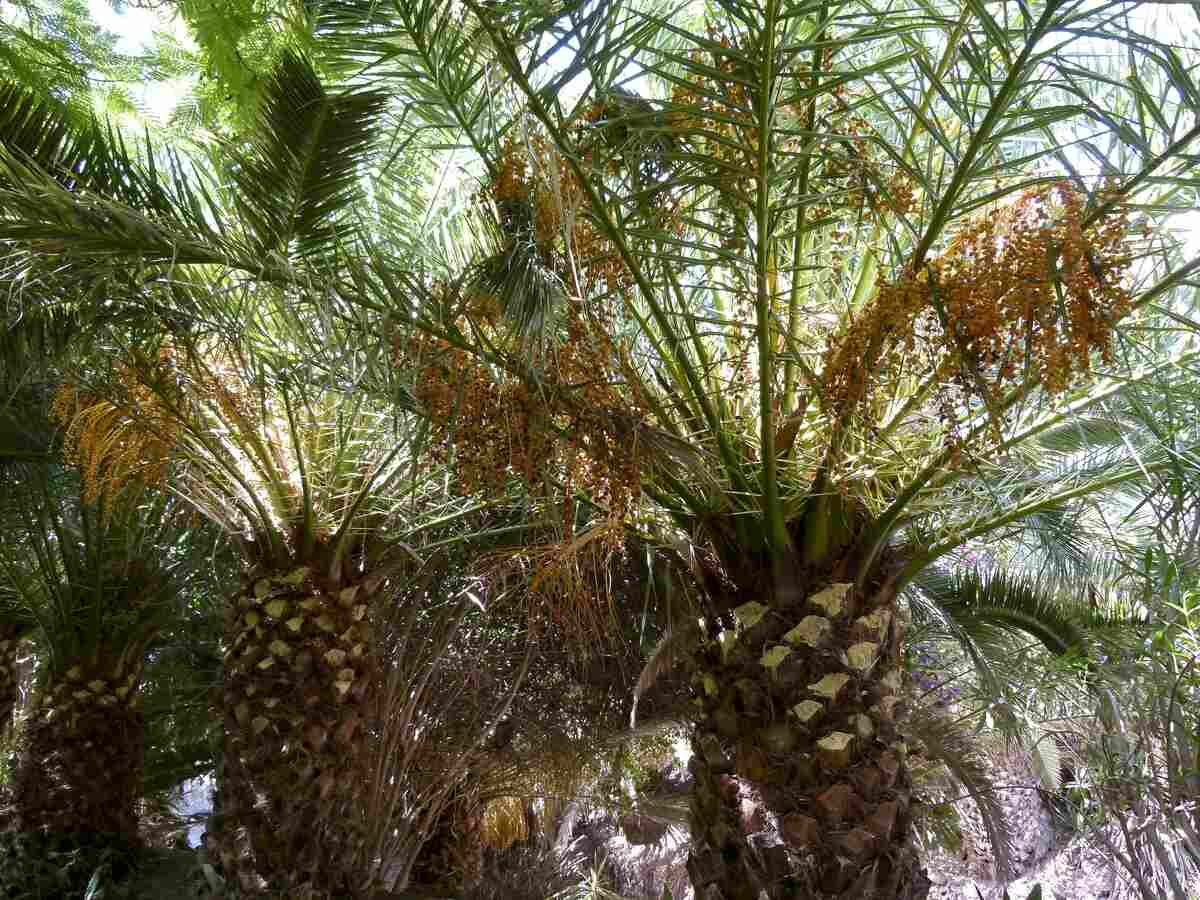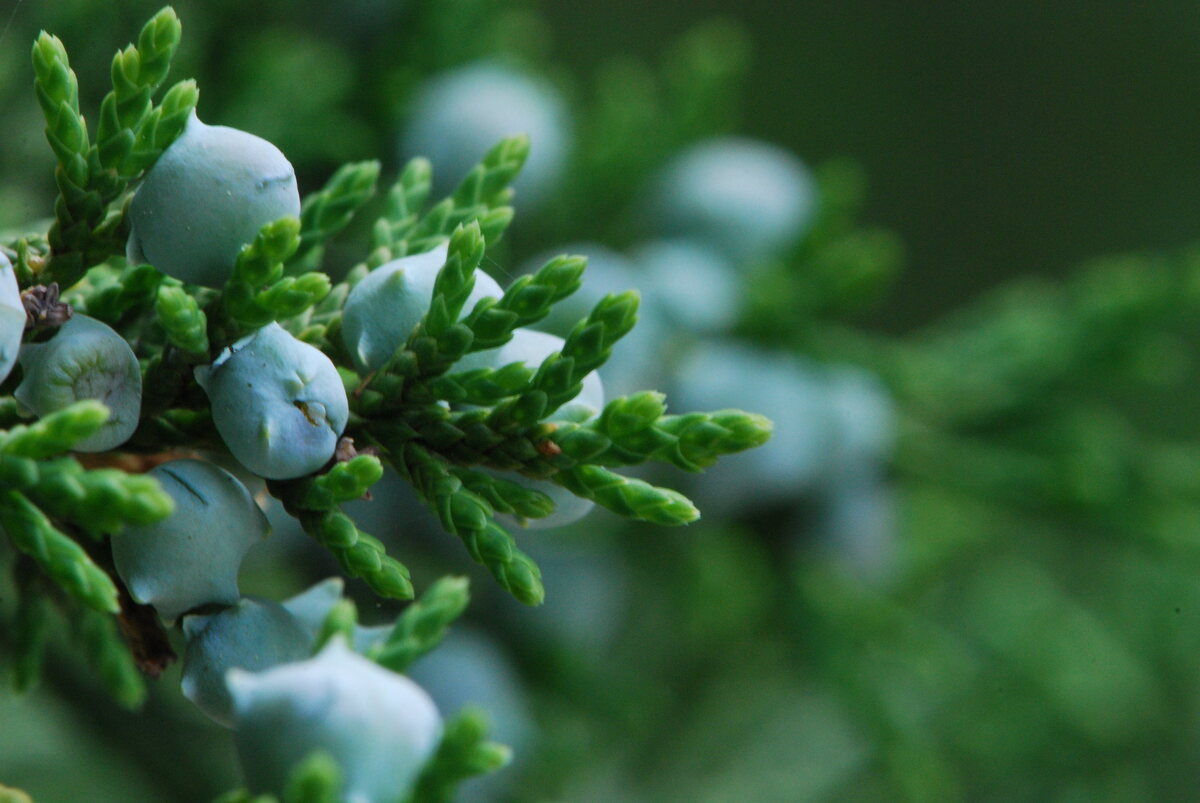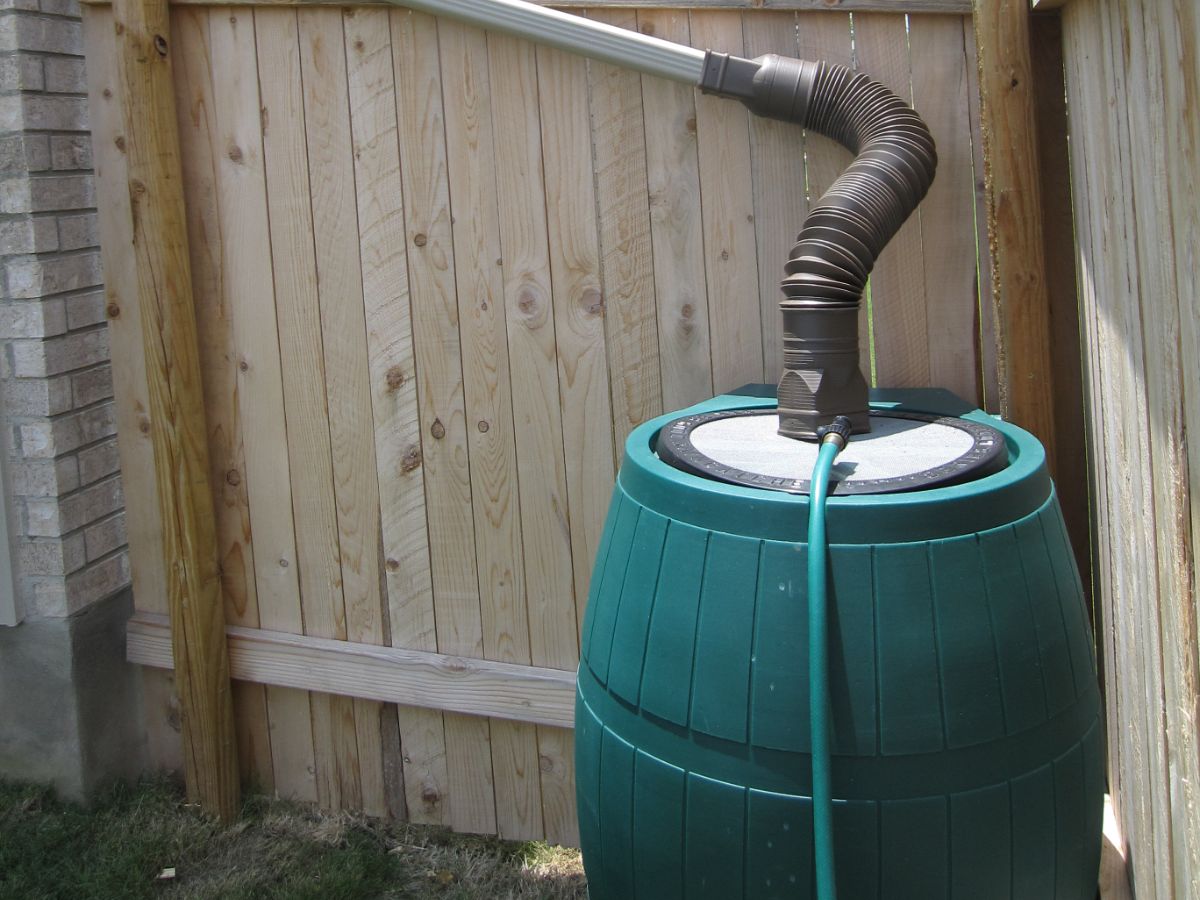
You might live on an island. Not the kind with palm trees, ocean breezes and miles of white sand (sorry) but a heat island.
Urban heat islands (UHIs) are found in urban areas where concrete and parking lots absorb heat; tall buildings reflect sunlight and block wind; and pollution from cars and businesses act like furnaces, making it oh-so-hot. Scientists call it anthropogenic heat — an increase in temperature caused by human activities. The effect is most profound in the biggest cities, such as New York City, Los Angeles, Chicago and Washington, D.C., but they in some way affect all urban areas. As they raise the average temperature, especially in summertime, these hot spots in American cities can affect public health as well as just make us feel sticky.
The urban heat island effect results in air temperature differences of between 2 and 5 degrees Fahrenheit warmer than surrounding rural areas, according to the United States Environmental Protection Agency. The hotter urban surfaces are most noticeable in the evenings, when it can be a scorching 22 degrees Fahrenheit warmer in urban areas than rural areas — adding to already serious global warming concerns.
“Heat islands affect communities in many negative ways, including increasing energy use, higher cooling costs, increased air pollution, and increased heat-related illnesses,” says Pete Smith, certified arborist and urban forestry program manager for the Arbor Day Foundation, a nonprofit promoting tree planting for a healthier world.
But you can do something about UHI effects with your landscaping choices. Adding green space of any kind helps, but specific types of landscaping can have a significant impact on reducing the heat island effect.
Follow these five tips for the coolest lawn and garden in the neighborhood.
1. Plant Trees
Expanding tree canopies creates shade, cooling surfaces and reducing ambient temperatures. Trees in urban areas also tend to grow up to 25 percent faster than those planted in rural areas, according to 2017 research, and the warmer temperatures and longer growing seasons associated with the heat island effect appear to contribute to that rapid growth.
For the biggest impact, Smith suggests adding multiple trees to the landscape — and encouraging the neighbors to follow suit.
“Trees in combination often have a greater impact than a single tree planted in the lawn,” he says. “Neighborhoods with well-shaded streets can be 6 to 10 degrees Fahrenheit cooler than neighborhoods without street trees … and trees are the most affordable and sustainable solution to reducing the heat island effect.”
New research found that aiming for 40 percent (or more) canopy cover in metropolitan areas was associated with the biggest impact on the heat island effect. Once the canopy cover reaches that level, it’s a tipping point for air quality in an urban climate, the research suggests, helping urban temperatures stay down.
2. Choose the right location
Planting tall deciduous trees on the east, west and northwest sides of the house provides shade to protect against the hot summer sun and act as windbreaks in the winter.
“Planting the right trees in the right places … will help fight climate change,” Smith says.
Installing trellises so trees, shrubs or vines can grow over paved areas like patios and sidewalks will cool those hot surfaces and adding trees near the air conditioner for extra shade will help reduce summer cooling costs up to 35 percent, according to Smith.
3. Add a water feature
When water evaporates, it has a natural cooling effect. Given that the temperatures in water can be almost 43 degrees Fahrenheit cooler than the surrounding urban environments, the air around bodies of water is lower, too. Installing a pond can help work as a natural air conditioner in the landscape.
Rain gardens, located in a natural depression in the landscape and planted with native trees and shrubs, help reduce the heat island effect. The gardens collect rainwater and allow it to absorb into the ground where it has more time to evaporate and cool the air.
The temperatures in urban areas are hot — and getting hotter — but landscaping can act as natural air conditioning to reduce the heat island effect.
4. Install a green roof
Adding vegetation on the roof reduces the number of impervious surfaces in the landscape and adds shade, removes heat from the air, insulates buildings (reducing cooling costs), captures air pollution and sequesters carbon and allows heat to be reflected instead of absorbed. All of that helps mitigate the heat island effect on the Earth. The temperatures on a green roof are 30 to 40 degrees Fahrenheit cooler than on a conventional roof, according to the EPA. Installing a green roof also benefits your community, reducing ambient temperatures up to 5 degrees Fahrenheit.
If not a green roof, then a cool roof can reduce the higher temperatures caused by ordinary rooftops. Materials used on a “cool roof” have a higher albedo — solar reflectance — and that can keep a roof as much as 60 degrees colder than its conventional neighbor.
5. Grow grass
There is a reason that walking across a healthy lawn feels great on a hot summer afternoon: Vegetation, including grass, is cooler than the blacktop and has been shown to reduce surface temperature. Even soil temperatures beneath grass were cooler. Lawns have been dubbed “outdoor air conditioners” for their cooling effect. Maintaining a lawn instead of paving over it to create a larger driveway or paver patio is important for reducing the heat island effect.
“Any landscape that removes greenery to create space for infrastructure is going to contribute to the heat island effect,” Smith says.
Take the lawn care burden off your shoulders by hiring a local landscape professional who is passionate about the work they do.
Main Image Credit: Syda Productions / Canva Pro / License




